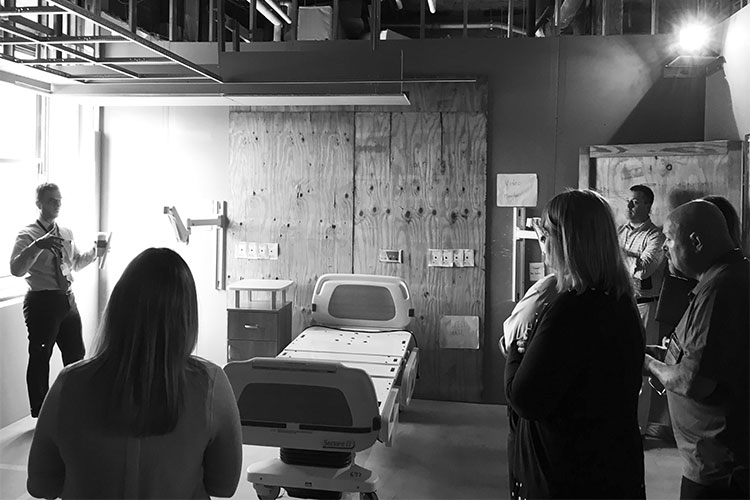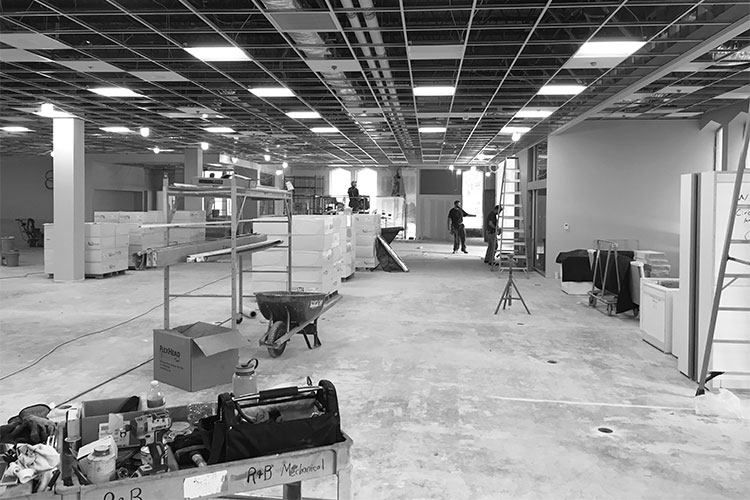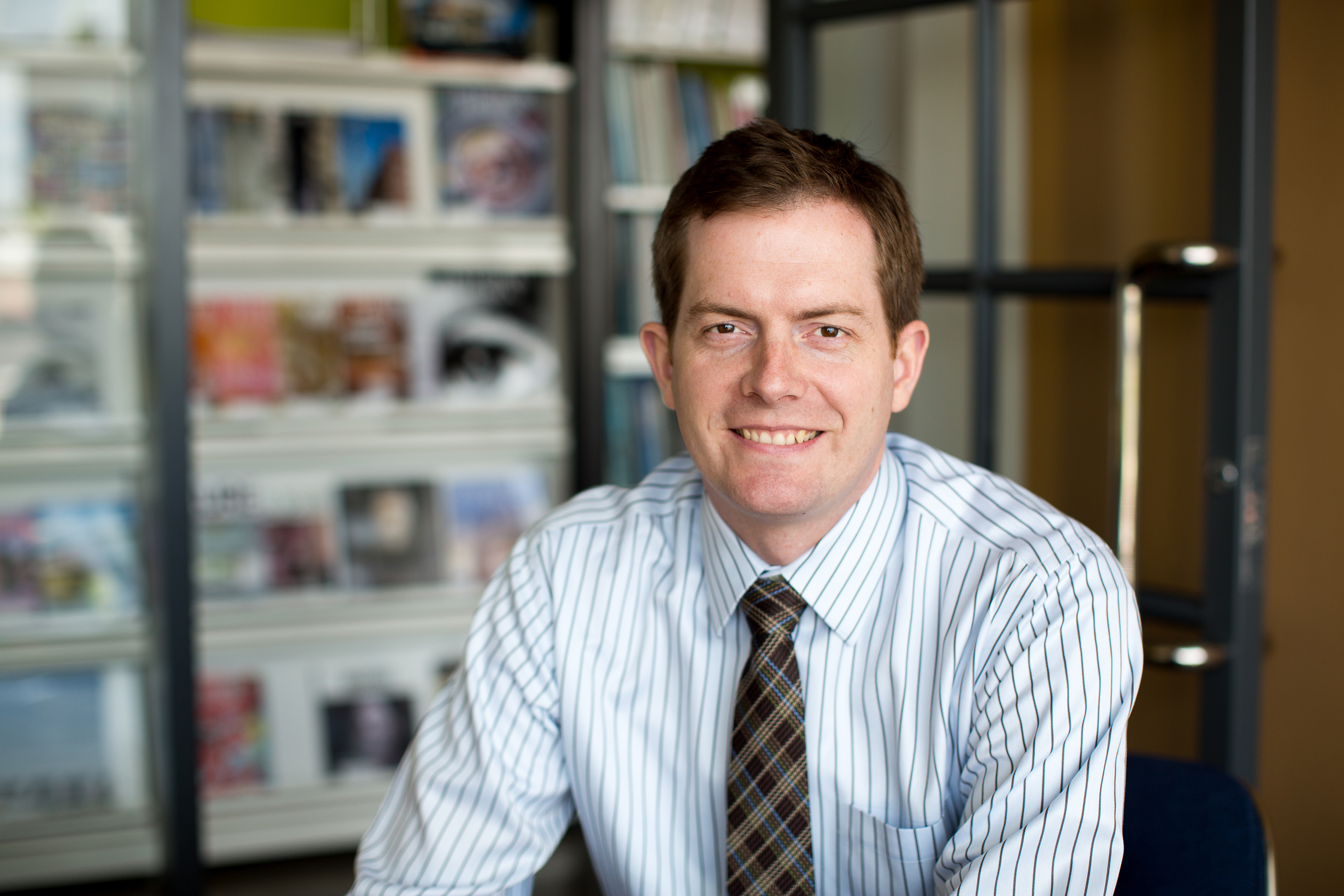The conclusion of an architecture project brings different emotions. For those who use the new space, it’s an exciting beginning. For the professionals who designed the space, it’s the end of an intense and fruitful relationship. DesignGroup’s John Ryan reflects on the moment when client and team members go their separate ways.
John Ryan, AIA, LEED AP // Associate Principal, Project Architect
I have another project coming to an end, and as I’ve now watched this happen more than a few times in my career, I find myself in a reflective mood.
The end of a project in our world is a big deal, the culmination of months, if not years, of planning, brainstorming, partnering, working through challenges, and, ultimately, seeing a building completed. And when that happens, we leave one close-knit team for another. Each member of the project team will continue to do their job, but somewhere else, with another group, for a different project.
The thrum of work continues onward, each of us walking off, unaware, never quite sensing the right moment to say goodbye. A job is complete, and hopefully done well. But there’s little sense of resolution. No one will walk off into the sunset as heroes. Celebratory openings are uncommon — more fitting for reality TV shows than real life — and when they do happen, they rarely include those who dedicated time to making the milestone happen. Relationships have been built, but phone calls cease.

Don’t let my melancholy fool you, however. A design and construction project in and of itself is an act of optimism, of planning for the future. This work requires a leap of faith, balanced by sound planning and research, that the new space will meet its intended goals and provide a sense of renewal. It is the product of many hands and many choices. It’s always a privilege to be a part of it.
As I ponder the nature of these projects, another thought occurs to me: a construction site is a kind of marketplace. A place to meet and grow. A place where lessons are learned and knowledge is passed down through the generations. All of us benefit from this growth, collectively and individually. A project site has its own economy, certainly in terms of contractual and business relationships. Yet it can be greater than this, providing a sense of community, too, where work is shared and problems are solved in tandem.

It’s a place where people from disparate walks of life meet and form new bonds. It can be a meeting place between blue- and white-collar workers, possibly even red and blue America, and it gives me reason to think and hope there is more that unites us, than divides us. It can be a diverse place too, though there is more work to do to empower women and people of color at all levels of project development and leadership.
When I think back on the site we just completed, I do so with fondness. I ponder the rapid change it has seen, and how our work, our presence, and our time made this space real. Over the months and years, we always learn something new and carry it onto the next project. With any luck, we may all cross paths again.
So, I’ll miss the calls and I’ll miss the emails. Even the ones that raise my blood pressure just a little bit. I know they’ll continue in one form or another. And, later, conclude without a proper farewell as we move on to the next project, and the next one, and the next one.
DesignGroup completed several major projects recently, including the Fairfield Medical Center’s River Valley Campus and Washington Health System’s new Care Center for Family Birth and Women’s Health . We’re proud and grateful to have served these clients and met their needs in such meaningful ways.

John Ryan, AIA, LEED AP // Associate Principal, Project Architect
John practices architecture as a collaborative process, engaging with the client, user groups, stakeholders and other project partners to discover the project solution. His experience includes a range of building types, including civic, healthcare, higher education and commercial projects. Common to each of these projects is the use of design as a tool for engagement, conversation and problem solving for the entire design team. John’s interest in wellness design stems from his interests in environmental and social sustainability, and his belief that design can yield powerful results for the integration of built and natural environments, as well as strengthen the social fabric of our cities and communities.
